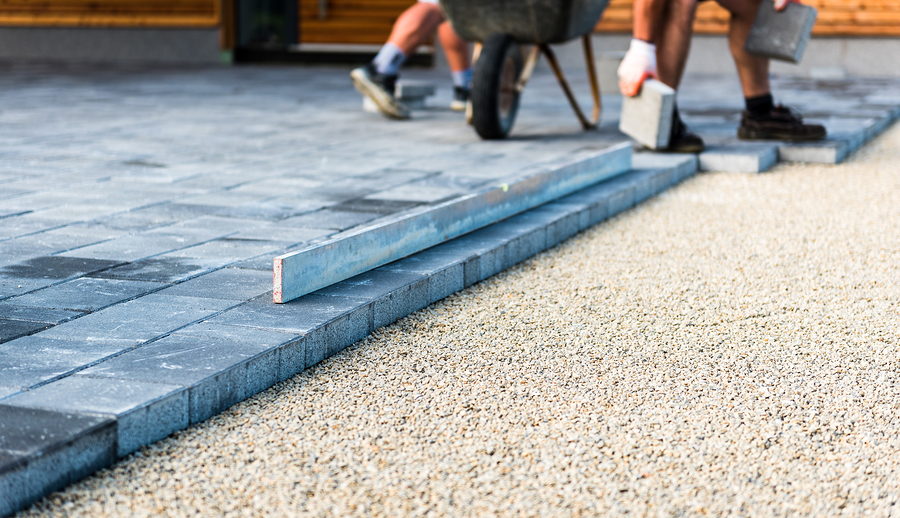Services for Your Success
At Geiger, one of our core values is seeking continuous improvement. That goes for our business, but also your projects. We want to make sure of this by providing these unique services:
- Decorative Concrete
- Recommendations for Driveway Durability
- A DIY guide for all you do-it-yourselfers
We hope you'll take advantage of not only our offerings but our expertise. When you're ready, calculate the amount of concrete you need and place your order!




